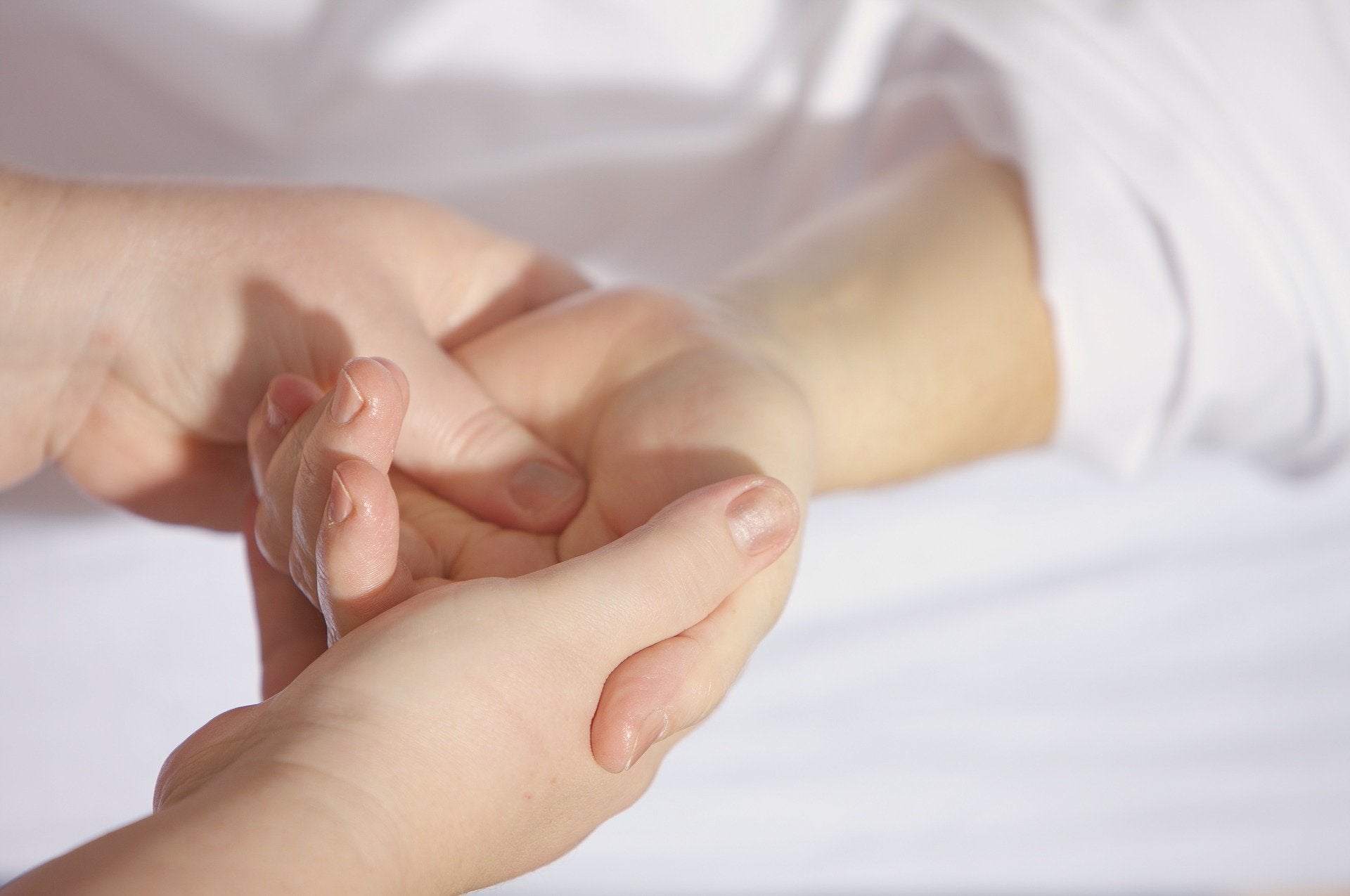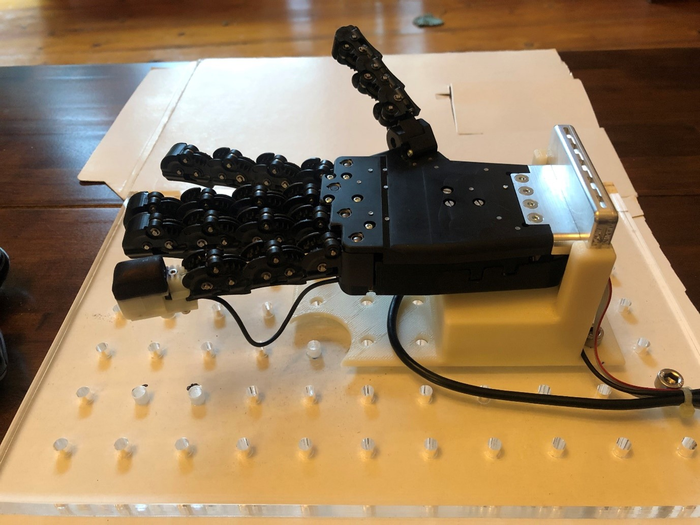Scientists create a 3D-printed hand that feels like human skin
‘Our aim is to make artificial skin as good – or even better - than real skin,’ said the University of Bristol’s Professor Lepora

Your support helps us to tell the story
From reproductive rights to climate change to Big Tech, The Independent is on the ground when the story is developing. Whether it's investigating the financials of Elon Musk's pro-Trump PAC or producing our latest documentary, 'The A Word', which shines a light on the American women fighting for reproductive rights, we know how important it is to parse out the facts from the messaging.
At such a critical moment in US history, we need reporters on the ground. Your donation allows us to keep sending journalists to speak to both sides of the story.
The Independent is trusted by Americans across the entire political spectrum. And unlike many other quality news outlets, we choose not to lock Americans out of our reporting and analysis with paywalls. We believe quality journalism should be available to everyone, paid for by those who can afford it.
Your support makes all the difference.Scientists have developed a 3D-printed fingertip that has the same feel as human skin.
Machines that grip things are unable to do with the dexterity of a human being because they lack the dexterity afforded to them from our tactile fingertips.
Researchers from the University of Bristol recreated the sense of touch using a mesh of pin-like bumps that mimic the dermal papillae found on our skin.

“Our work helps uncover how the complex internal structure of human skin creates our human sense of touch. This is an exciting development in the field of soft robotics - being able to 3D-print tactile skin could create robots that are more dexterous or significantly improve the performance of prosthetic hands by giving them an in-built sense of touch,” said Professor Nathan Lepora from the University of Bristol’s Department of Engineering Maths.
“For me, the most exciting moment was when we looked at our artificial nerve recordings from the 3D-printed fingertip and they looked like the real recordings from over 40 years ago! Those recordings are very complex with hills and dips over edges and ridges, and we saw the same pattern in our artificial tactile data.”
The researchers found that there was a remarkably close match between the artificial fingertip and the nerve signals received in humans but was not as sensitive to fine detail. This could be because the 3D-printed skin is thicker than that grown-on humans, but in the future it might be possible to develop the technology so that it prints on a microscopic scale.
“Our aim is to make artificial skin as good – or even better - than real skin,” said Professor Lepora.
The findings are published in two papers published in the Journal of the Royal Society Interface.
Join our commenting forum
Join thought-provoking conversations, follow other Independent readers and see their replies
Comments